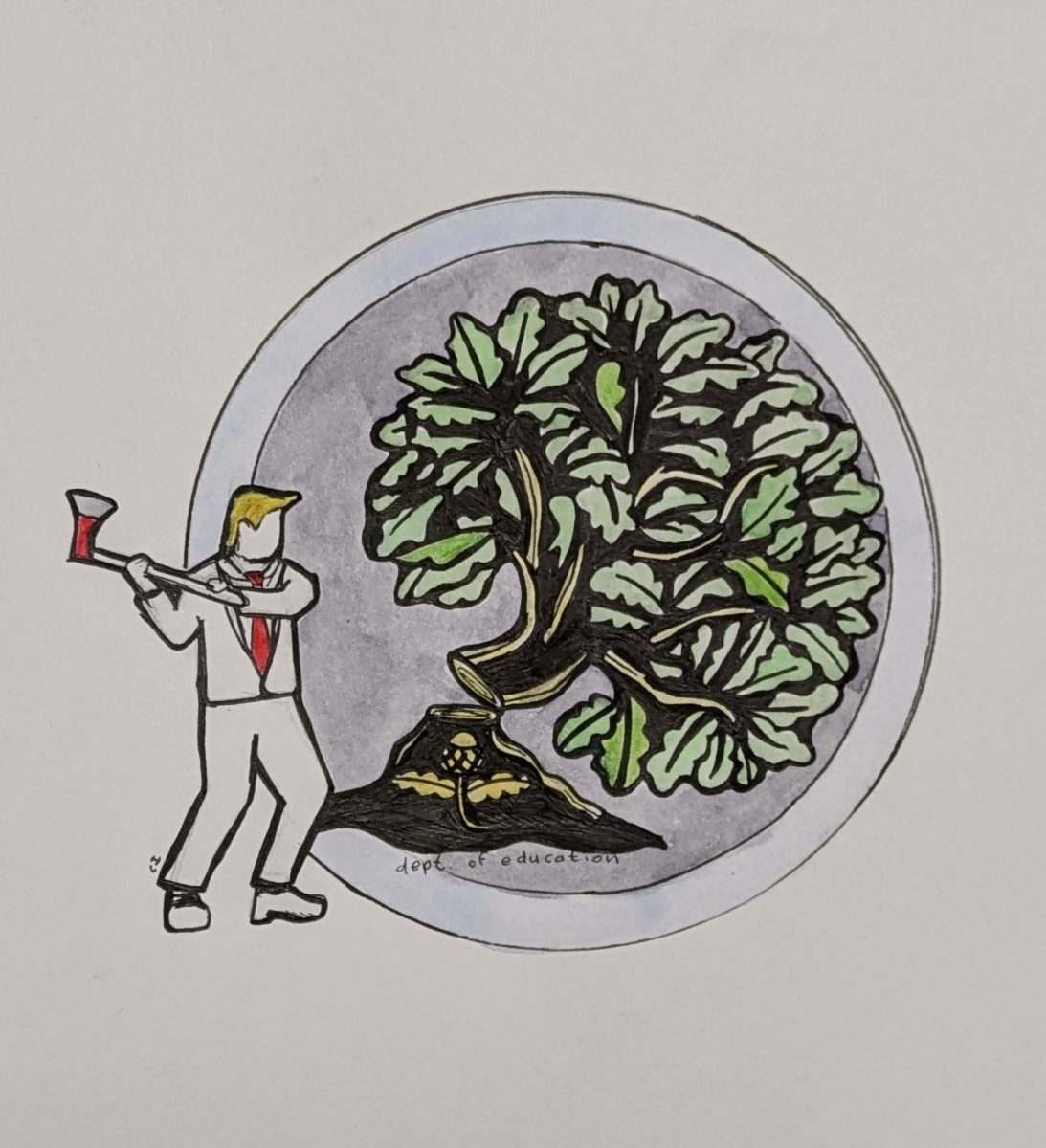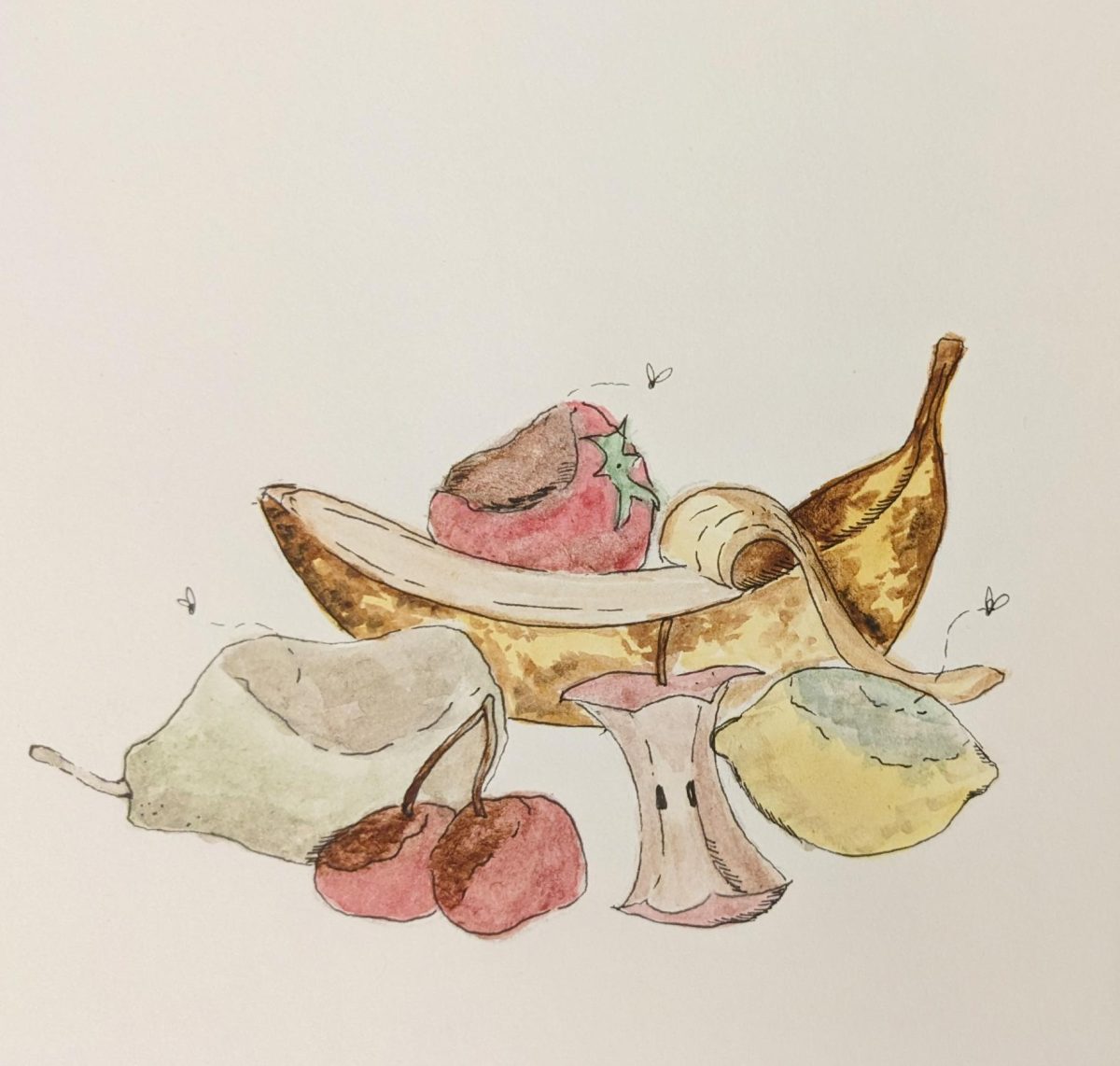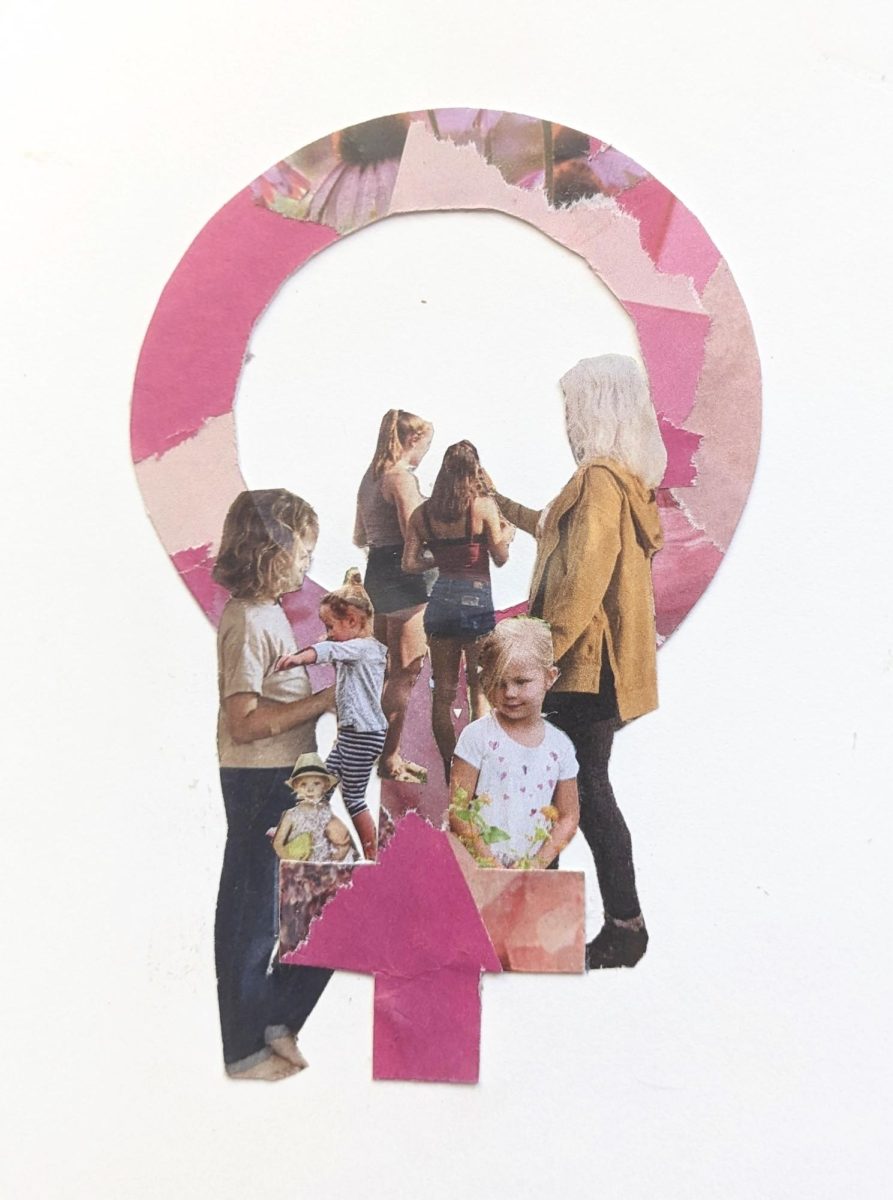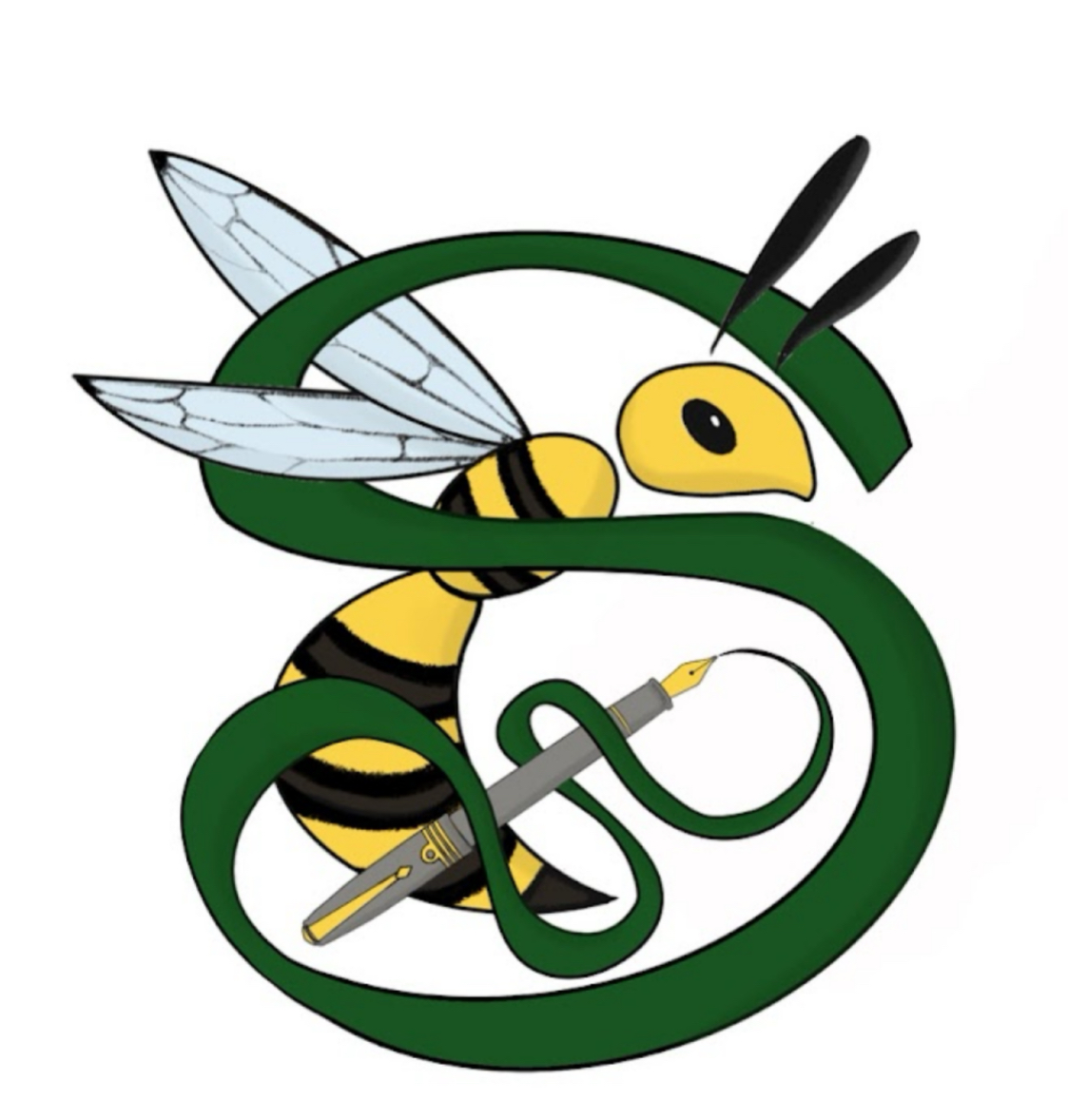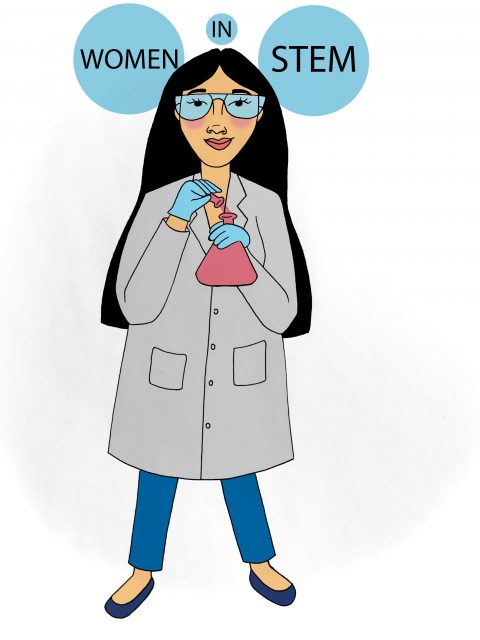
In recent years, more women have been encouraged to pursue previously male-dominated careers in science, technology, engineering, and mathematics (STEM) than before. While progress has certainly been made, much more needs to be done in order for women to have equal opportunities and representation in these fields.
In 2015, the United Nations General Assembly declared Feb. 11 the International Day of Women and Girls in Science. According to unwomen.org, the day is meant to help disprove myths and gender stereotypes about women working in science fields, close the gap between the number of male and female workers, and celebrate the countless women who have contributed to science fields despite barriers that tried to hold them back.
In the book, Women in Science: 50 Fearless Pioneers Who Changed the World, Rachel Ignotofsky tells readers about women who made significant contributions to their fields, but often did not receive the credit they deserved. She explains how women’s access to education was often restricted, they were not permitted to publish scientific papers, and they were held back by gender stereotypes, such as the idea that men are smarter than women. Even when women received a higher education, they were not given the space or money to work, and were restricted in the jobs they could have. When they did make important discoveries, they frequently did not receive credit and their contributions were forgotten. Though not quite as significant as before, women still face many challenges in working in STEM fields.
United Nations Educational, Scientific, and Cultural Organization (UNESCO) and United Nations Entity for Gender Equality and the Empowerment of Women (UN Women) are leaders in the International Day of Women and Girls in Science efforts, advocating to combat these issues. The UN Women participates through the Women’s Empowerment Principles, which provide guidance for companies on how to empower their female employees. The organization encourages companies to commit to make gender equality a reality in their workplaces.
Closer to home, efforts are also being made to encourage and empower women. There are clubs at Emmaus High School specifically created for women. Girl Up Club, advised by math teacher Shannon Wasilewski, is devoted to helping change the lives of girls in developing countries. The club aims to spread awareness of the problems these girls face and how to help them through programs about safety, education, leadership, health, fundraising, and advocacy. Girls Who Code Club, advised by computer science teachers Cindy Brashear and Beth Stoudt, helps girls learn about computer science and technology, as well as gain skills they will need for jobs in those fields. It is associated with the non-profit Girls Who Code organization, which seeks to eliminate the gender gap in computer science fields.
Individual teachers work to help more women become involved in STEM careers. Carole Wilson, a physics teacher at Emmaus High School, previously worked as a payload integration engineer at NASA. Now, she utilizes her influence as a teacher to encourage girls in her classes to become involved in STEM subjects.
“I do share things that come online, programs and things,” Wilson says. “I’ll put them on Google Classroom if I get something that I know that is encouraging women… and I think by modeling being a woman in a STEM kind of area helps encourage women also.”
She supports anyone who hopes to work in these careers, and recommends taking math, science, and computer science classes to prepare for similar types of courses at the college level.
“[Do] not get discouraged if there aren’t as many women as men in the class,” Wilson says. “Just don’t let that be a deterrent… I had a class where I was the only woman in that class in college, but it’s still a good experience.”
Wilson experienced firsthand the effects of the gender gap in scientific fields in school and at her NASA job. However, she believes the situation is improving.
“There were more men than women [at NASA], definitely,” Wilson says. “[But] I think over the course of my career I’ve seen that get closer to balancing out than when I started.”
Despite all the progress, the situation is far from ideal. Data from 2014 to 2016 from UNESCO shows that only about 30 percent of female students choose STEM-related fields during higher education. According to unwomen.org, less than 30 percent of the scientific and technological researchers worldwide are women.
There has definitely been progress toward equality, but it’s not enough. Stereotypes about women in scientific fields are still prevalent. In school, classes often focus mainly on, or even only have information on, male scientists’ contributions.
Women’s significance in the fields of science, technology, and mathematics, both today and throughout history, needs to be recognized. When the contributions of female scientists in history are acknowledged, it will give girls more role models and inspiration to follow their dreams. Efforts to eliminate stereotypes, provide greater access to education and jobs, and celebrate the women who are making a difference in their fields need to continue until women have equal representation.
There are many ways to become involved in making equal representation for women in STEM fields a reality. It can be as simple as supporting family members or friends who are interested in a career in science, math, or technology, and pushing them to follow their dreams.
Having been encouraged by a woman in a STEM career, Wilson knows the impact that even just one supportive person can make.
“There was a woman who was a radiation physicist at a hospital, and she encouraged me to go to school for physics, and then I changed to engineering…” Wilson says. “So she really is the reason I really even considered during this; the push from someone who was a woman that encouraged me to go into a STEM field.”
Though big changes still need to occur, even the smallest actions will help. Everyone can make an impact in this fight for gender equality.





